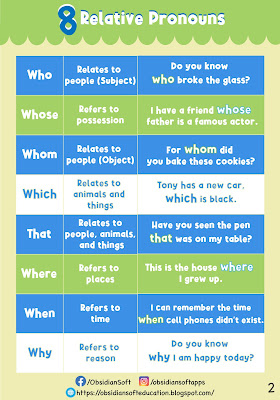Phonics Fun Activities - Find the Word

Hello, Phonics is the starting point of learning to read. Children learn the sounds of letters and can recognize that the letter 'a' makes the sound /a/ - the beginning sound that our mouth makes when we say the word apple . I personally really like the Jolly Phonics system of synthetic phonics as it has divided the English alphabets into groups in order of difficulty. For example, group 1 has the letters s, a, t, i, p, n. These letters are not just easy to learn but they also make the most 3-lettered words so that children can start to blend sounds and read 3-lettered words as soon as they know the group 1 sounds. However, any kind of learning requires patience. I recommend that children spend at least a week on one letter before moving on to another letter. Moreover, make the learning of phonics fun using my Jolly Phonics Fun app . Children can not only learn phonics sounds but test their learning using multiple matching activities. You can download my app from here: I ...

